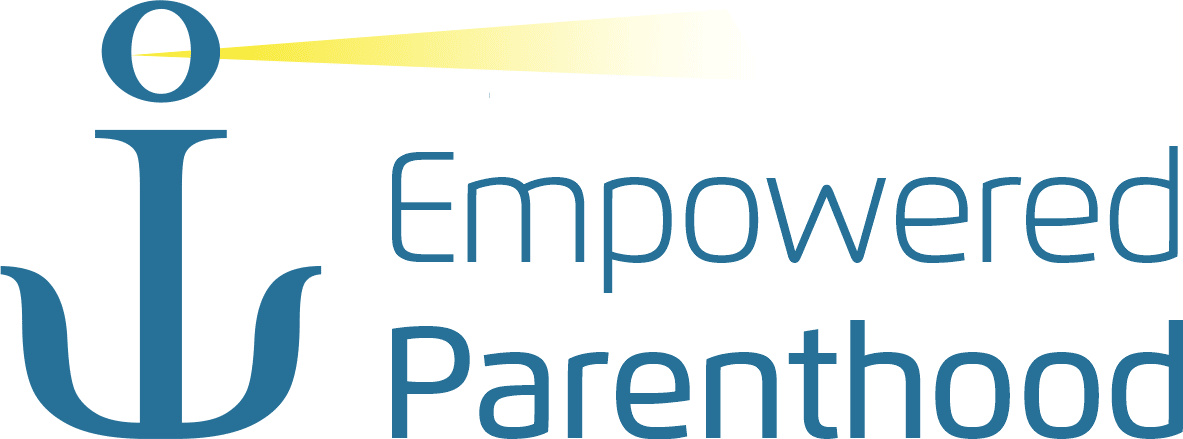Anxiety is part of children’s natural development, and is the most prevalent disorder of childhood and adolescence. In some cases, experiences of anxiety persist for longer periods. Children undergoing some life-stage transition or who are exposed to shock may develop transient anxiety symptoms. In certain cases, however, symptoms stabilize and become a long-term regular life issues in the forms of separation anxiety; specific or social phobias; or generalized anxiety, panic, or obsessive-compulsive disorders.
Almost invariably, a child’s anxiety problem cannot be correctly evaluated or treated without a clear view of its family-systemic aspects. Any childhood anxiety disorder is immersed within an entire ecology of parent-child attachment issues. Anxious children are not “standalone units;” when in distress, they turn to their parents for protection and relief. Thus, parents can serve as key agents in exacerbating or alleviating child anxiety depending on their responses to these anxious distress signals. Parents who automatically comply with these signals or who aggressively try to “extinguish” them may perpetuate and even escalate the problem. On the other hand, parents who manage to “pull free” of the child’s maladaptive demands for reassurance without escalating their own behaviors or turning away, may eventually help alleviate these symptoms and facilitate the child’s individual treatment.
The role of parents in childhood anxiety disorders becomes even more crucial in the many cases where anxious children refuse treatment, leaving parents as the only party interested in real change.
Over the past 15 years, psychologist, Haim Omer, and his associates have applied the principles of non-violent resistance (NVR) to develop a training intervention for parents of anxious children. This approach recognizes a) that anxiety does not develop only within children, but is also determined via their relationships with significant others; b) children’s anxiety problems cannot be treated without parent involvement, more so if the child refuses direct treatment; c) parental self-anchoring via non-violent resistance can be a critical complement of CBT, either in parallel to a CBT treatment or even as a precondition to it in the case of an absent child.


